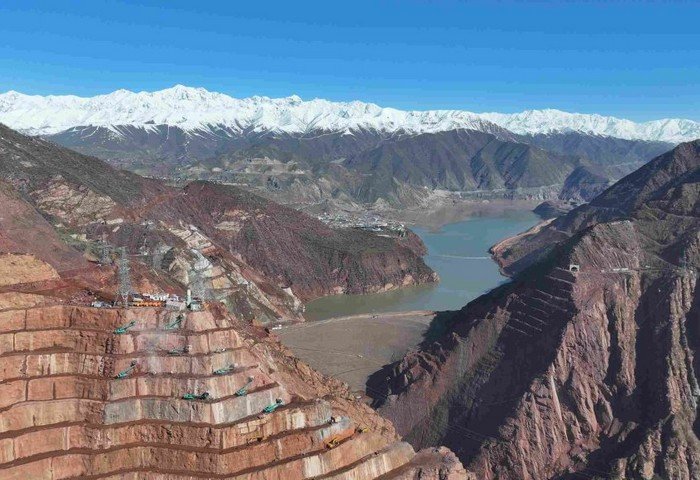The construction of the Rogun Hydropower Plant in Tajikistan draws significant interest both regionally and internationally. While the project promises economic benefits for Tajikistan, the scale of its environmental and social impacts requires careful analysis from the perspective of Central Asia’s long-term sustainability. Issues related to water supply, ecosystem stability, and regional security have become central to discussions about this project.
Environmental Consequences for Agriculture
One of the key factors to consider is the impact of the Rogun Hydroelectric Power Station on agriculture, which is a vital sector of the region's economy. The flooding zone created by the dam's construction will affect a significant amount of agricultural land and perennial crops. Changes in water levels in the Vakhsh and Amyderya rivers may reduce the area of irrigated land in the lower regions. The growing season could experience water shortages, leading to decreased yields and disruptions in water supply for agriculture, where irrigated farming plays a critical role in food security.
Impact on Drinking Water Supply
The Amyderya River, the main source of drinking water for Tajikistan, Uzbekistan, Turkmenistan, and Afghanistan, faces significant changes due to the operation of the Rogun Hydropower Plant. A reduction in the river’s flow could severely affect water supply for millions of people, potentially worsening sanitary conditions and increasing social tensions in these countries, which already struggle with limited water resources.
Challenges with the Aral Sea
The Amyderya River plays a vital role in sustaining the Aral Sea, whose ecosystem already suffers from a significant reduction in water inflow. Specialists predict that lower river flow during the growing season will accelerate salinization and shrinking of the Aral, further worsening the region’s environmental situation and increasing social and ecological instability.
Seismic Activity and Potential Consequences
The construction of the Rogun Hydropower Plant in a seismically active zone raises additional concerns. In the event of an earthquake or other natural disasters, the destruction of the dam could have severe consequences, affecting not only Tajikistan but also other countries in the region. This could result in widespread destruction, tens of thousands of casualties, and long-term environmental impacts.
International Cooperation and Environmental Recommendations
International cooperation plays a key role in developing the energy infrastructure of Central Asia. To support the energy project in Tajikistan, several financial institutions have joined forces. The Kuwait Fund for Arab Economic Development allocated $16.7 million to strengthen the region's energy potential. Earlier, the World Bank provided $350 million in funding for the project's initial stage, and the Saudi Fund for Development approved $100 million. However, experts believe that implementing this large-scale project requires an inclusive approach that considers the interests of all parties. An important aspect involves finding consensus among regional partners, international financial organizations, and environmental groups. International analysts emphasize that economic development, modernization of energy infrastructure, and environmental protection remain key priorities.
Possible International Solutions
When implementing large-scale projects like the Rogun Hydropower Plant, considering alternative options that could more effectively address water supply and energy issues in Central Asia proves beneficial. International analysts note that using funds allocated for such projects to restore the ecosystems of the Amu Darya River and the Aral Sea could lead to more sustainable and environmentally safe outcomes for the region.
Experts emphasize that, despite the economic benefits of the Rogun Hydropower Plant for Tajikistan, the ecological, social, and geopolitical consequences of its construction highlight the need for a comprehensive approach. Decisions considered within this project should take into account the interests of all Central Asian countries to ensure their long-term sustainability and security.









30635-90x604.jpg)




30625-90x604.jpeg)
_(1)30624-90x604.jpg)


